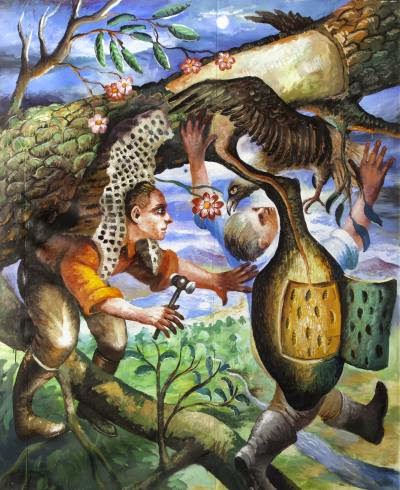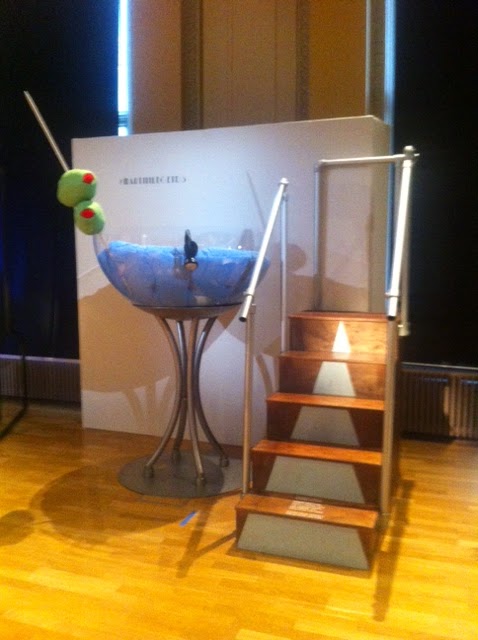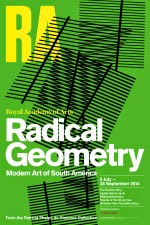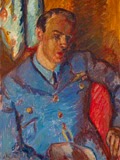1914 Day By Day Cartoons

Novel exhibition at the Cartoon Museum of new work by 12 leading contemporary cartoonists responding to the global events leading up to the start of the First World War. I liked the range of events which were represented from the suffragette’s the situation in Ireland and the fact this was the year Ghandi left South African to move back to India. A really novel idea created in conjunction with the Radio 4 programme of the same name.






























